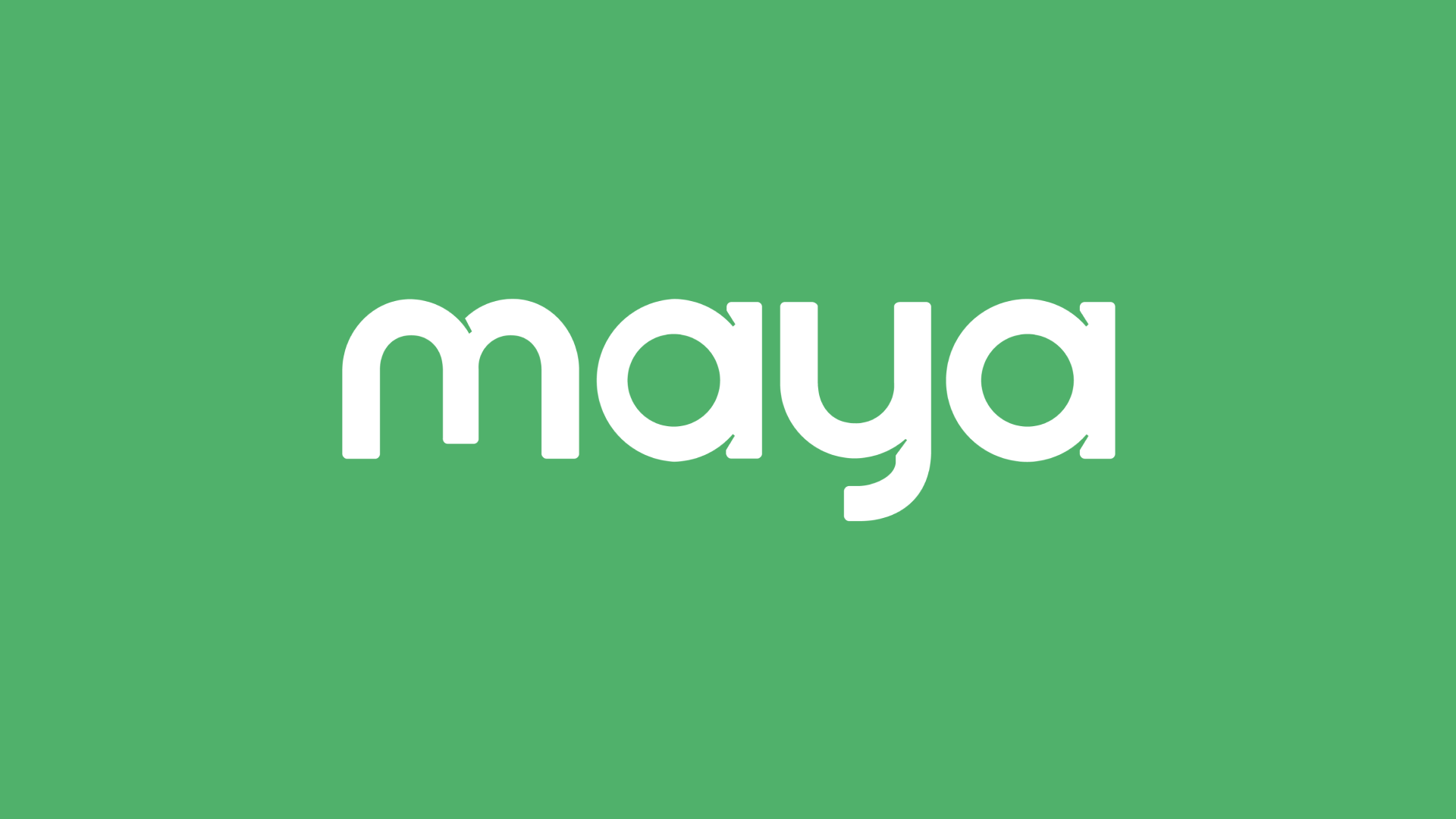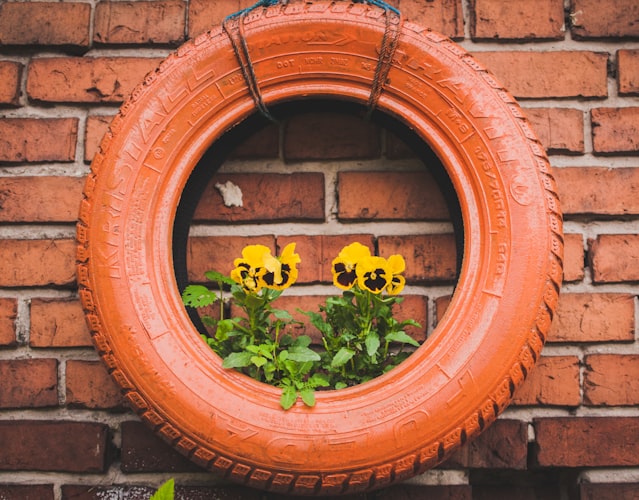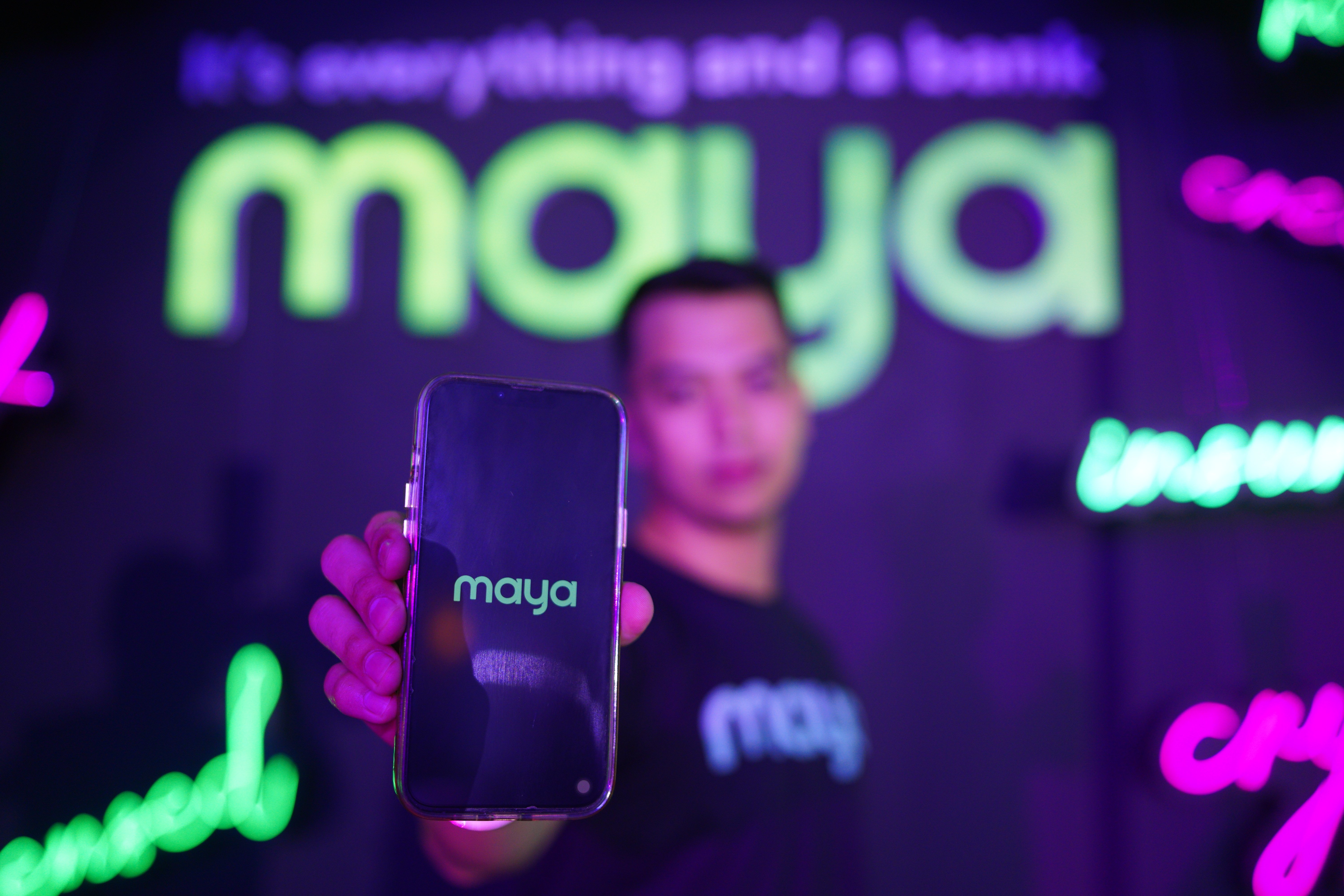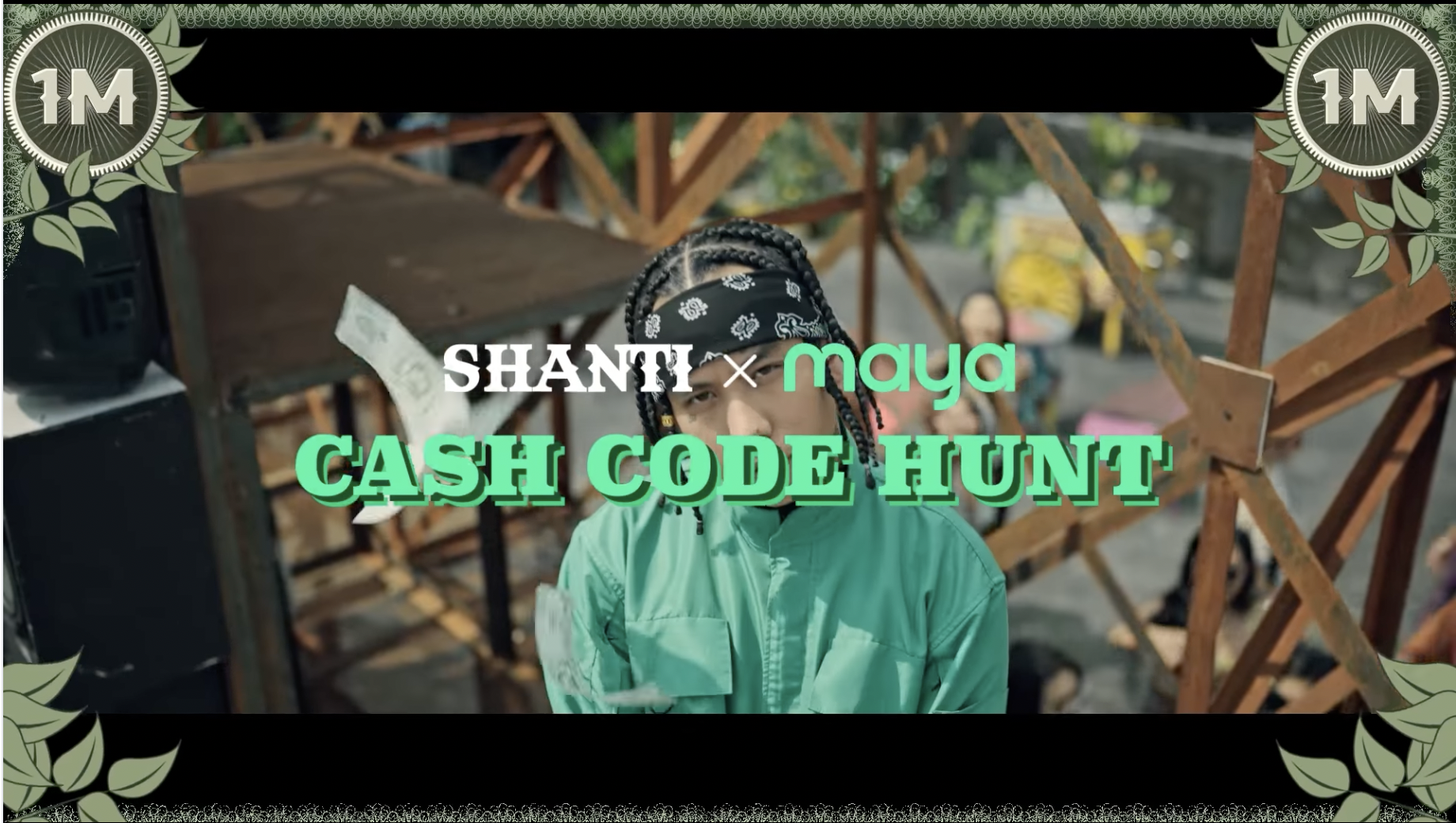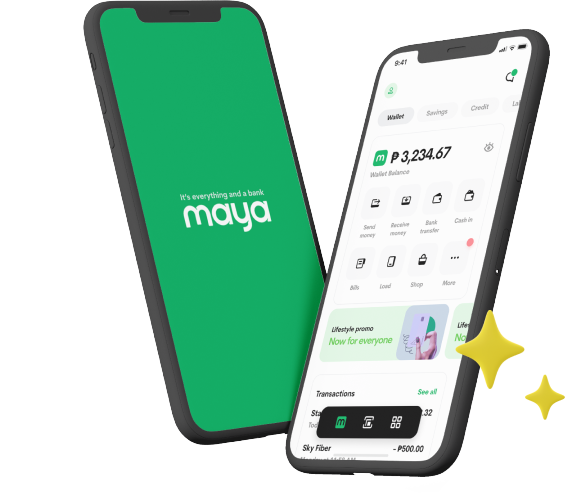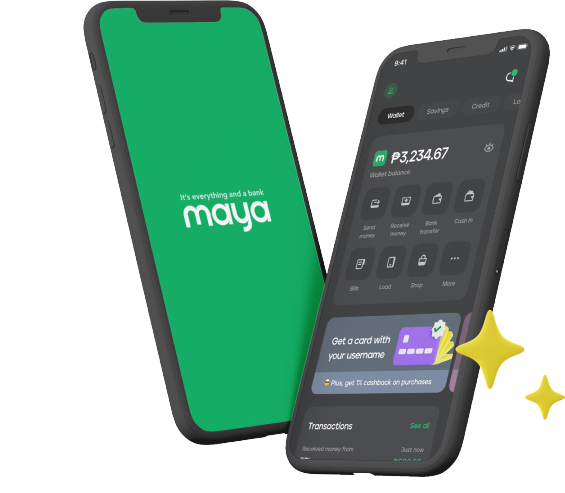When most people think of zero-waste, what comes to mind is a small mason jar filled with a year’s trash, Lauren Singer-style. However, extremes like this and avoiding plastic altogether are not the norm for most self-confessed “zero-wasters”.
In reality, leading a zero-waste lifestyle simply means actively trying to reduce the non-biodegradable waste you and your household generate, most of which eventually end up in landfills or the ocean. An eco-friendly lifestyle commonly involves using less plastic and packaged products, or upcycling existing materials, which is defined as the process of reusing items “without degrading its present quality or composition.”
If you’ve ever felt guilty about throwing away a plastic Tupperware after one use or drinking beverages packaged in flimsy plastic bottles, it might be time for you to start your own zero-waste journey.
Here are 8 easy ways to reduce your landfill waste this World Environment Day 2018 and beyond!
Make and donate Ecobricks
What you need: Plastic bottles, bags, wrappers, styrofoam, cellophane, or other items made of soft plastic
Ecobricks are basically plastic bottles of all sizes packed with scraps of clean, dry plastic. In the hands of local organizations like The Plastic Solution, they can be used as brick substitutes when building homes and structures all over the country.
This plastic “upcycling” technique that began with Ecobrick.org is gaining ground in the Philippines with initiatives like Robinsons EasyMart’s #EasyOnThePlastic campaign, which exchanges a specific number of Ecobricks for a reusable glass bottle or a steel straw.
The process for creating an Ecobrick may sound like a no-brainer, but there is a proper way to create them so they can function as building materials. Ecobricks.org has this nifty guideand various downloadable PDFs you can reference to start ecobricking!
Visit the Robinsons EasyMart and The Plastic Solution on Facebook for more information on where to bring your finished Ecobricks.
Start DIY Composting
What you need: Food waste and other biodegradable scraps
It all begins with proper segregation into compostable (biodegradable products like food waste, leftovers, bones, etc.) and non-compostable (non-biodegradable products like plastics, glass, etc.) waste. In fact, it would help to have a compost bin apart from your typical trash segregation bins.
This compostable material can be used directly as flowerpot or garden fertilizer (soft materials like fruit peels, etc.) through cold composting (leaving biodegradable items to decompose in a bin or underground) or to create your professional-grade compost through the more complicated hot composting process.
Check out Better Homes and Garden’s handy guide on the do’s and don’ts of composting!
Upcycle glass, aluminum, hard plastics, and more
What you need: Glass bottles, light bulbs, cans, etc.
With most non-biodegradable household waste, upcycling is preferred over recycling.
Though it is possible to recycle certain glass items and hard plastics (e.g. plastic jars) into completely new products like new storage containers or new bottles, this process still generates a lot of chemical waste.
In addition, there is no guarantee that: a) all items sent for bulk recycling are actually recycled, and b) products made from recycled materials will never end up as landfill waste.
Upcycling ends the process of waste creation by ensuring that waste items are reused creatively, without altering its current composition. Any arts and crafts project you’ve seen on Pinterest using old aluminum cans or plastic jars falls under this process.
Upcycling is especially helpful when dealing with household items that are considered “non-recyclable” – that is, items that will not be accepted by processing plants for recycling. Try googling “items you should not recycle” and prepare to be amazed.
Many sites will have their own list, but most agree that items like colored paper (colored dye can bleed into each other or contaminate an otherwise pristine batch of recycled paper), cardboard boxes with plastic windows (it’s difficult to separate the plastic from the cardboard), and stained cardboard boxes like pizza containers (the oil jams up machines) are non-recyclable.
Find inspiration for your next upcycling project from items you have around the house and sites like Upcycle That! Or, if you’re not big on DIY projects, you can always send your non-recyclable items to upcycling organizations like Papemelroti in exchange for cash!
Donate your cotton and other cloth items for reuse
What you need: Old or unused clothes and fabric items
Clothing items are as notorious as plastics when it comes to polluting oceans or clogging up landfills. Part of it is due to the sheer amount of clothes generated by the fast fashion trend, but it all comes down to how long different types of cloth take to decompose. According to Cariloha, cotton takes 3 months or so to fully decompose, while it takes synthetic fabrics like nylon 30 to 40 years.
To avoid your clothes ending up as landfill waste, donate your old or unwanted clothes to charities or groups that will find them loving homes! These include local charities and non-profit donation groups like Buhay Zero-Waste Preloved (an offshoot of the original Buhay Zero-Waste online community).
You can also sell them to new owners at pop-up bazaars like the upcoming Re.Dress Flea Market at Brgy. UP Campus on June 16th!
Invest in an everyday zero-waste kit
What you need: Reusable utensils, Tupperware, drink container, etc.
As Rappler pointed out last month, a large part of the waste we generate on a day-to-day basis has to do with our food and drinks. The quick and easy solution is to carry around reusables like a mess kit, a chic multi-use shopping and carry bag, and a trusty handkerchief as a tissue paper substitute.
Rappler and Mashable have good suggestions on where to start building your own reusable kit. Bag space isn’t an issue anymore – innovations like the collapsible drink mug can make storing a full mess kit in your regular day bag a reality!
What’s your #zerowaste experience? Share it with us @PayMayaOfficial on Facebook, Twitter, and Instagram!
You might also like
These Stories on Features
